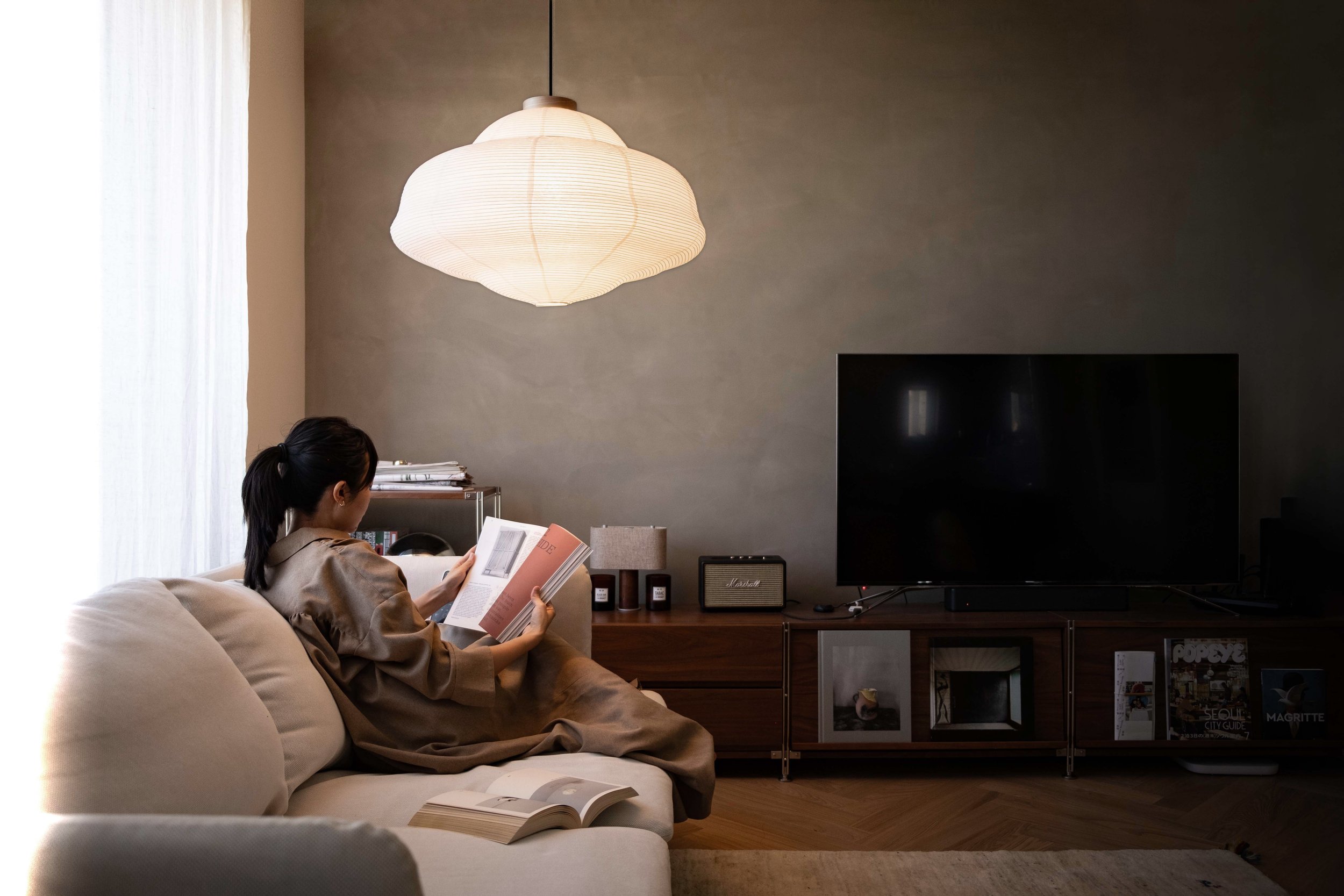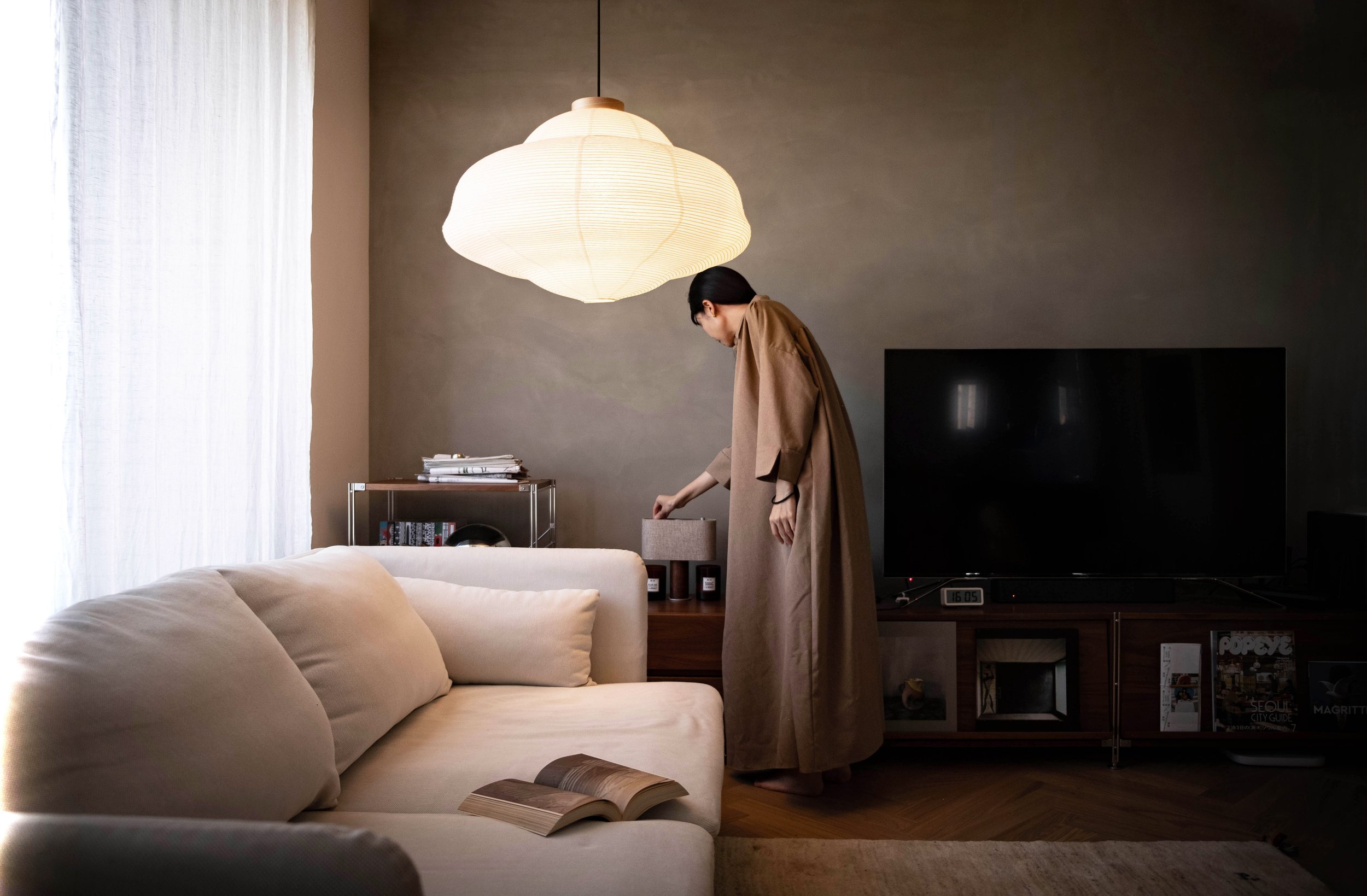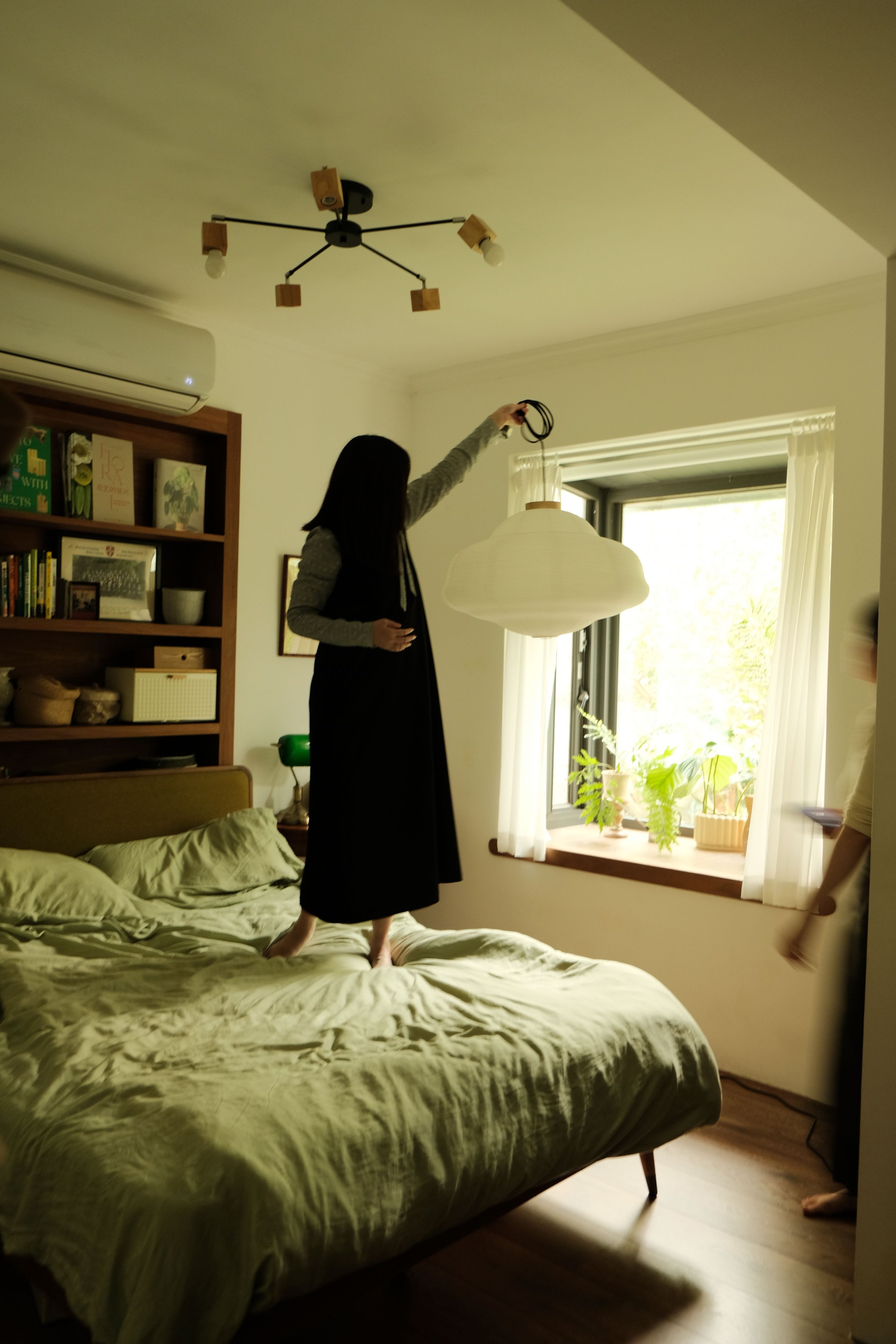
Paper Milk Light
In the face of a complex, unknown, and even AI-driven world, sometimes all you need is a pure light.
“In Taiwanese life, the most overlooked thing is the lamp... it's hard to find old Taiwanese lamps, and the only ones you can barely find are the milk glass lamps from the Japanese colonial period... Milk glass lamps are plump and milky white in shape, and when lit, they fill the room with a gentle, soft halo of light, exuding the gentleness of the past. This seems to be the imagination limit of lighting in Taiwan.” - 𝑇ℎ𝑒 𝐺𝑙𝑜𝑤𝑖𝑛𝑔 𝑅𝑜𝑜𝑚.
We hope that the classics can be preserved while responding to modernity. Let the imagination of Taiwanese lighting continue in everyone's heart. With the “Paper Milk Light,” it takes the milk light to an unimaginable scale, replacing glass with paper, and giving birth to a huge, soft halo of light like a cloud. Let us continue to illuminate every glowing room with the Paper Milk Light….
In the history and culture of the East, the milk lamp holds a significant place. It originated during the Japanese colonial period as a common household lighting fixture. At that time, most lighting fixtures were plain milky white, resembling the color of milk. Therefore, collectors later collectively referred to them as milk lamps. Due to their delicate glass material, milk lamps were not easy to preserve. However, this fragility gave their lampshades an irreplaceable soft glow, making them representative of classic Taiwanese lampshades.
These lamps have become an iconic part of Taiwan's identity, especially during the Japanese colonial era (1951-1997). However, as times have changed, we have started thinking about how to adapt this historically significant lighting element to modern needs. To address this, we propose replacing the warm glass of milk lamps with paper. This innovative change not only reduces shipping costs but also minimizes the load on ceilings, making it an evolution in lamp culture.
To propel the evolution of lighting culture, we propose substituting the glass's warm texture in milk lamps with paper. This transformation not only reduces shipping expenses but also eases the burden on ceilings, enhancing the lamps' practicality. Yet, it also presents a set of challenges: preserving the unique luster and ensuring the paper material's durability and resilience. Innovative material combinations and craftsmanship are key to retaining the distinct charm of milk lamps while achieving a modernized transformation in lighting culture.




Paper Milk Light
With the “Paper Milk Light,” it takes the milk light to an unimaginable scale, replacing glass with paper, and giving birth to a huge, soft halo of light like a cloud. Let us continue to illuminate every glowing room with the Paper Milk Light.
Order Now




